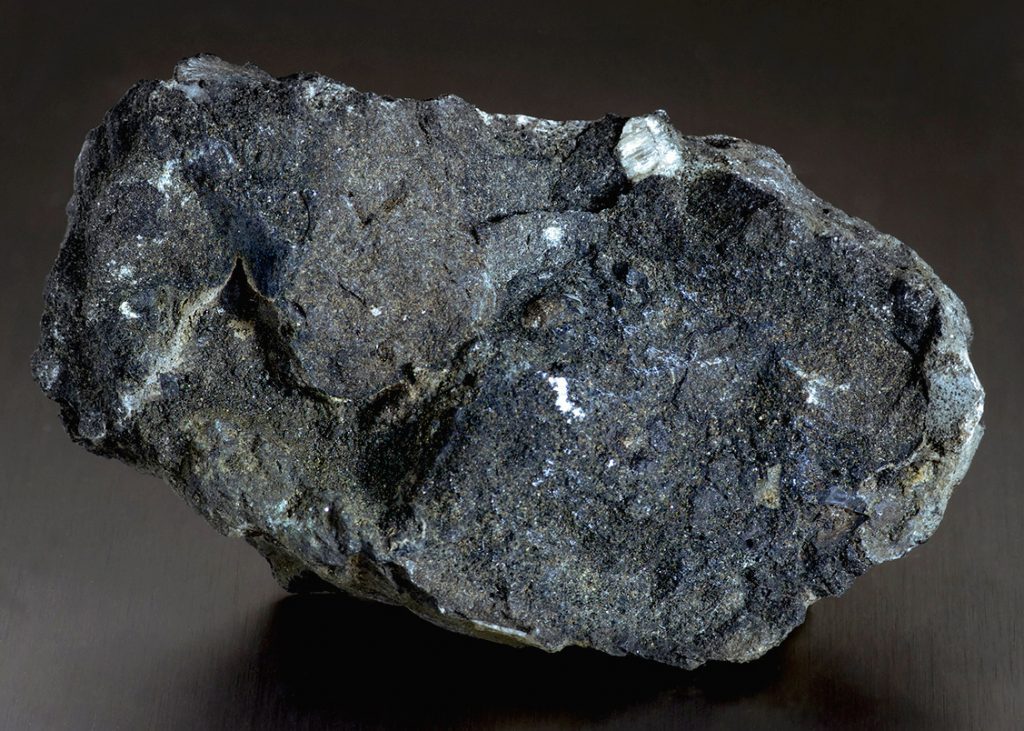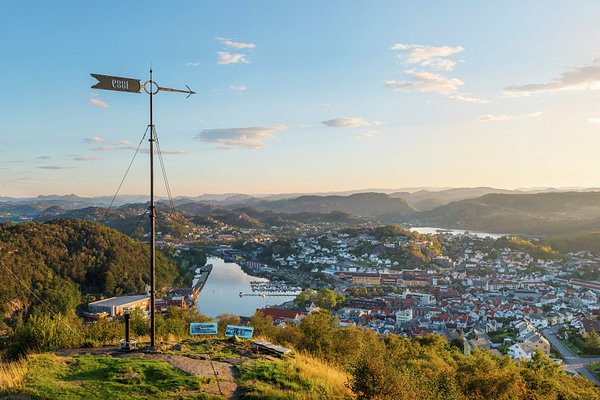A giant deposit of phosphate, an essential mineral to fuel our green technologies, has been discovered in the cold Norwegian wilderness. The mine, second Norge Mining, the company that discovered it, could contain up to 70 billion tons of this non-renewable resource. That's enough to meet global demand for minerals for batteries and solar panels for the next century.
A sea of minerals under the glaciers
We're not just talking about phosphate, but also deposits of other strategic minerals such as titanium and vanadium. Phosphate, for the uninitiated, is rich in phosphorus, a fundamental ingredient for the creation of green technologies.
Its discovery dates back to 1669, by the German scientist Henry Brandt: he thought he had found the philosopher's stone, and after all he didn't go too far. Sure, phosphorus doesn't directly transform base metals into gold, but it has become an essential component in gold car's battery performance lithium iron phosphate in electric cars, solar panels and computer chips.
And it is the protagonist of a sector, that of minerals, in vertical growth.
Where did phosphate come from until yesterday?
Before this discovery, Russia held the record for the largest ultra-pure phosphate deposit in the world. The European Union is almost completely dependent on phosphate imports from the rest of the world, with China, Iraq and Syria having large deposits.
And until yesterday the situation was not looking good. Repeatedly researchers and scientists they warned of the imminent interruption of the supply of minerals such as phosphorus, even talking about a possible “phosphageddon” if current trends continued.
Norge Mining itself observed that the scenario was dark due to limitations in international trade, the fear of an imminent crisis and political instability in many producing countries. Now, it seems, he's drawn a big wild card.
A mine for the future
The Norwegian Minister of Trade and Industry, Jan Christian Vestre, said the government is considering accelerating the opening of a giant mine in Helleland as soon as analyzes of 76 kilometers of core samples are completed.
After this discovery, Vestre argues, “Norway has an obligation to develop the most sustainable mineral extraction industry in the world.”

Minerals galore and hopes of cleaner energy
A spokeswoman for the European Commission called the discovery "great news" for achieving the Commission's raw materials targets. Norge Mining, as mentioned, stressed that the mineral deposit would theoretically be able to meet global demand for the next century. In summary, phosphate may not be the gold Brandt hoped to find in the 600s, but if Norge Mining's predictions prove correct, Norway may have found its own gold mine with this huge deposit of minerals.
What will Norway do with all this phosphorus? Well, we all know that the Vikings loved treasure, but this time they could share it with the rest of the world. After all, the future of clean energy may depend on it.


